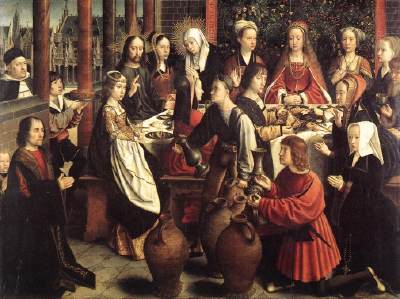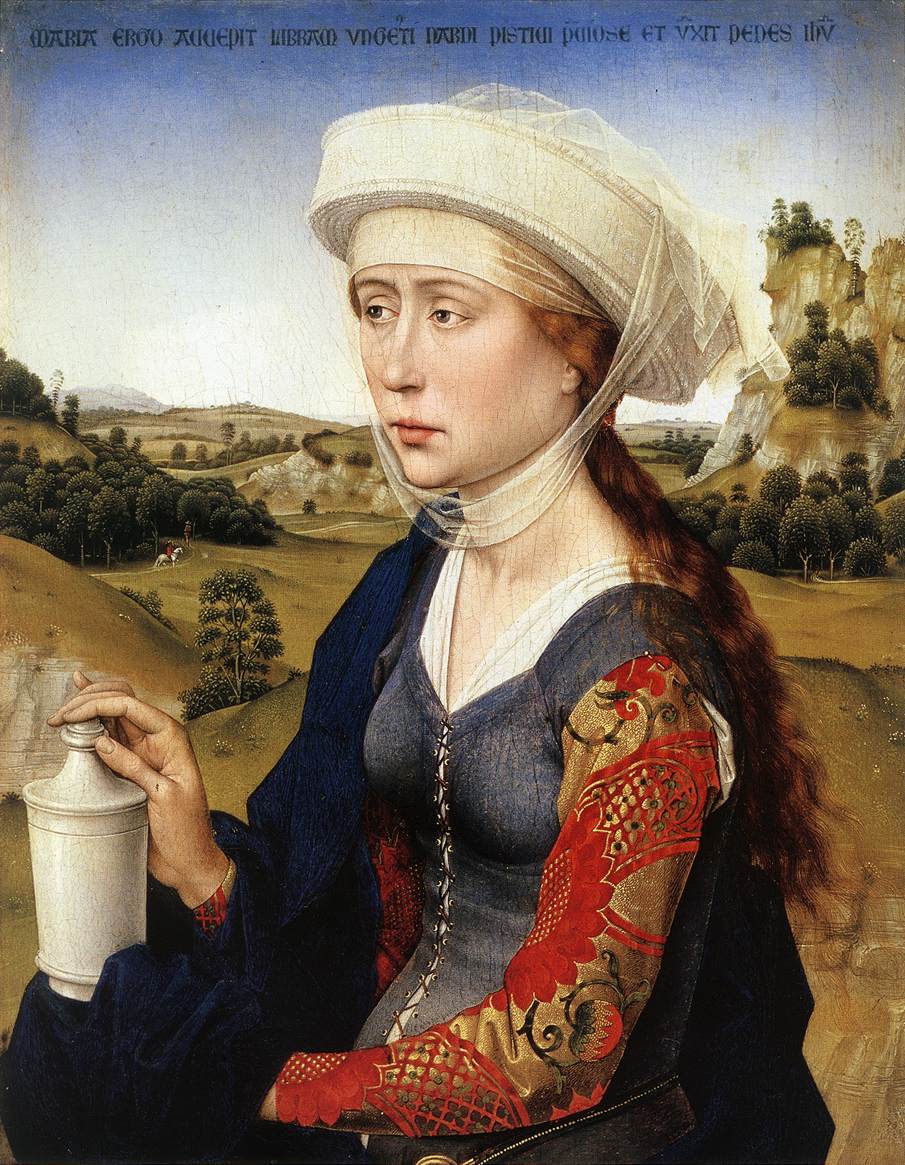
I managed to finished the waffle towels just in time to get them washed (to bring up the waffle weave texture and pre-shrink them) and photographed before I had to get everything packed and ready to go for the surprise visit to California for my mom's birthday. The actual surprise will be at lunch time today, then we're going on a boat to watch the fireworks from the water. One of the nice things about being born on the 4th of July is everyone makes a big fuss about your birthday!

Anyway, here are the towels. I used cottolin from Webs, working at 24 ends per inch. This was my first experiment working with an actual pattern (which I modified a little bit of course!) and working with stripes of color. I did change the stripes, adding more colors. The original pattern would have just had the outside red stripe and one less cell of waffle in between. I wanted to add more colors to go with her kitchen so I added the yellow and brown. Once I get everything on the loom I realized it would have looked better with brown in between each stripe, not just in the middle, and that the whole striped section should have been placed another couple of cells in from the edge, but oh well. Next time.
The other interesting (?) feature of the towels is the hem. The pattern called for a one inch band of tabby weave at each end of each towel to make the hem. Which is all well and good and sounds just fine, until I realized that waffle weave draws in more on the loom than tabby does, and also shrinks up a huge amount more than tabby does. This is what gives it the fun waffle texture. So the band of tabby ends up making a weird wavy shape and sort of deforming the whole shape of the towel, which is pretty obvious in the pictures but not as bad when you see them in person. Very annoying. Next time I do this pattern I think I will leave off the tabby hem. Or possibly double up the weft somehow so it draws in a bit rather than fanning out.
In other news, both of the supportive gowns I was working on for myself are totally done. Yay! I still need to get pictures, but that will have to wait till I am back home and I can get someone to photograph me in them. I'm not going to be able to go to Pennsic after all so there won't be any event action shots for quite awhile (probably post-surgery). I'm very happy will how they turned out and my ability to fit the things on myself.
I also fixed my green hose, it turns out the major issue was having cut the foot portion on the bias. One of the extant hose that I had based the pattern on was done this way but it turned out not to work well with the combination of my foot and fabric choice. Turning the pattern piece back to the straight of the grain and taking the toe in a bit help tremendously. Now I know I can be a lot more aggressive in my fitting of the hose and it will still be fine. In fact it will fit better if I fit it more snugly to begin with.
The fundraiser project is going well (pictures, again, will be coming after I get home next week). I'm doing more fitted gowns. By all reports the client is very happy. The supportive undergown is nearly done, I just have to finish the hem and sew in the eyelets. There will be buttons and button holes down the sleeves, but the client is casting the buttons herself so that is going to have to wait till she has done the buttons. I've brought that with me so I can hopefully get the eyelets done while I'm visiting with my parents this week. The overgown is cut out (except for the sleeves) and should go together pretty quickly. That will be a button-front gown with modest trumpet sleeves, again with hand-cast buttons. I've still got to do hose and a shift, which should go pretty quickly, then it's all done! I'm hoping I can get her to wear a veil at least for pictures, even though that's not really her thing. It will complete the whole thing so nicely.
It looks like my next project will also be a commission, this time Italian. I'm in research mode, trying to decide how long I think the various parts will take and how best to construct things so the client will (a) be comfortable (b) be supported in the gown and (c) be able to get dressed on her own, all the while looking like she stepped out of a portrait. It looks like the gowns she likes close either down the side or in back, which makes putting on the supportive layer yourself next door to impossible. So I'm thinking and plotting and coming up with options.

































